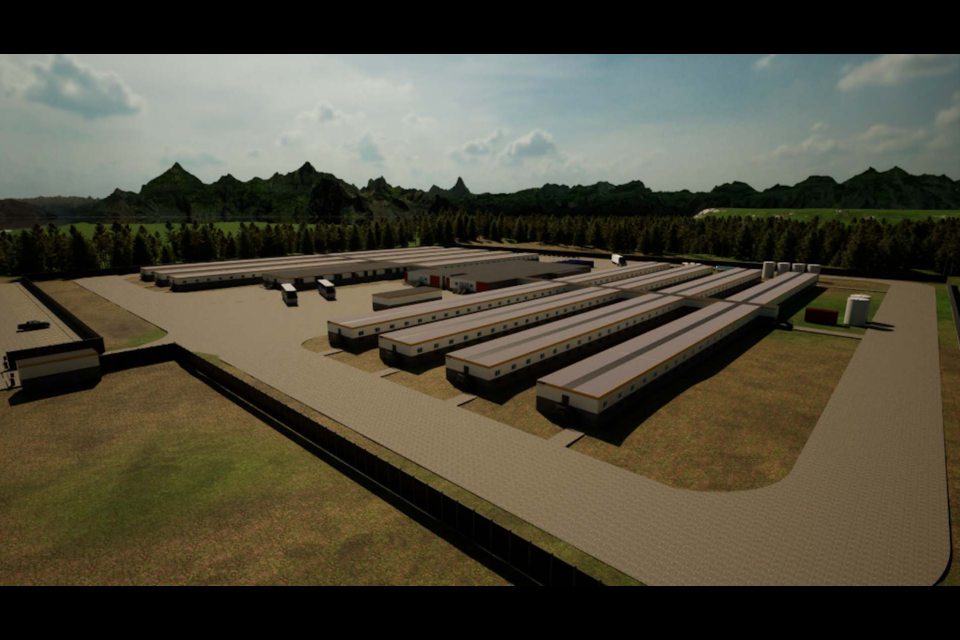Thehas approved an increase in the work camp size for FortisBC’s and will now require all workers to live at the camp in an effort to reduce the impacts on Squamish.
Additionally, the EAO is now requiring FortisBC to create a gender and cultural safety plan with local groups and approved by the EAO.
According to the EAO’s website, the office issued an amendment for the project’s temporary worker accommodation, increasing the size from two hectares to seven. The overall aim of the project is to build a natural gas pipeline that will connect from Squamish to Woodfibre, which has been in the planning stages for several years now.
The work camp associated with the project is located on Mamquam River Forest Service Road near Capilano University, though FortisBC has said in the past they will not allow access to that area.
“This will allow 600 workers to stay at the camp (up from 200) instead of elsewhere in the region,” reads a notice on the EAO website.
“In collaboration with Squamish Nation, Tsleil-Waututh Nation and the District of Squamish, the EAO conducted a thorough assessment of the proposed changes to the project. The assessment considered the potential for new adverse impacts to the environment and First Nations interests, as well as a range of other factors. A key consideration was the potential impacts of worker accommodations on local communities, particularly Indigenous women and girls.”
The EAO also consulted with Kwikwetlem First Nation, Musqueam Indian Band, Environment and Climate Change Canada, Justice for Girls, and My Sea to Sky.
Like the separate Woodfibre LNG (WLNG) project, the EAO has also required FortisBC to implement a gender and cultural safety plan with the approval, stating the plan is “a new standard requirement of the EAO for all projects with large work camps.”
“The approval requires construction workers to reside at the camp to help reduce negative impacts on the local community. Exceptions are available for local workers, cultural and other considerations.”
Unlike the WLNG project, where the workers are restricted from accessing Squamish when off-duty, the EAO says it “has limited ability to prescribe the movement of workers off-duty.”
“Therefore, a new component was added to the gender and cultural safety plan to require FortisBC to implement mitigation measures to address the potential effects of up to 600 workers entering into nearby communities on a shared day of rest.”
The safety plan must be in consultation with the Squamish Nation, Tsleil-Waututh Nation and the District of Squamish, plus approved by the EAO.
Some of the conditions of the plan include:
- training in anti-racism and violence prevention;
- how conduct rules will be implemented plus consequences if not followed;
- how they will address disclosures of harassment or violence at camp and in the community;
- how and when FortisBC will report incidents and consult with the above local groups plus other community partners including health, police, social services and justice organizations.
At the work camp, there will be some health services, including mental health services, for workers, plus leisure rooms, a workout room, social programming during off-duty time, and security.
The website states FortisBC first applied for the amendment in April 2022.
“The EAO considered the nature of the changes and the potential for these changes to cause new effects on the environment, including greenhouse gas emissions, cumulative impacts and potential disproportionate effects to distinct human populations.”
The EAO released with the amendment that lists more details about the change.

